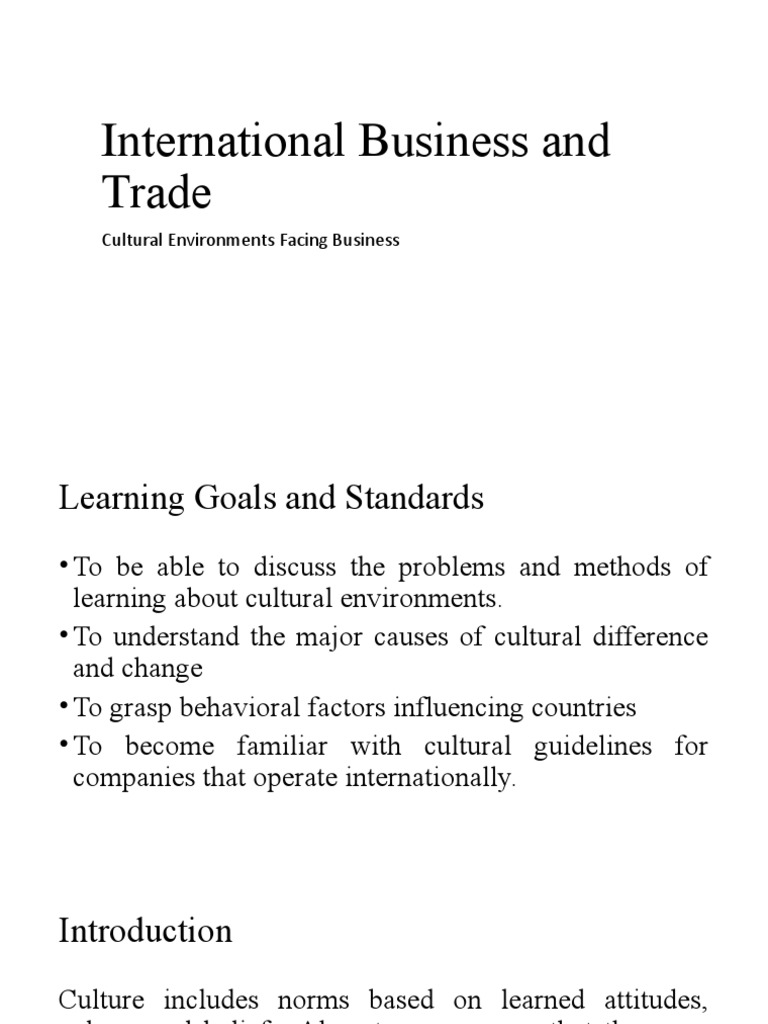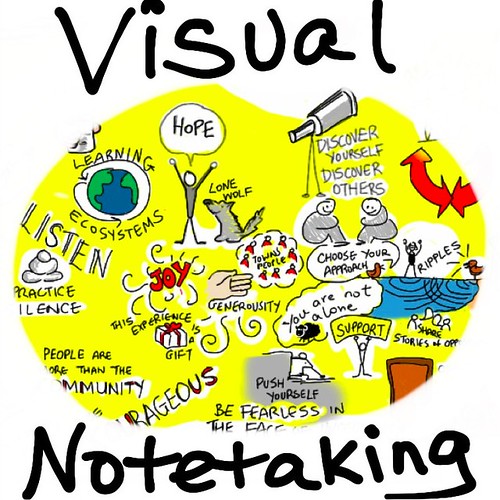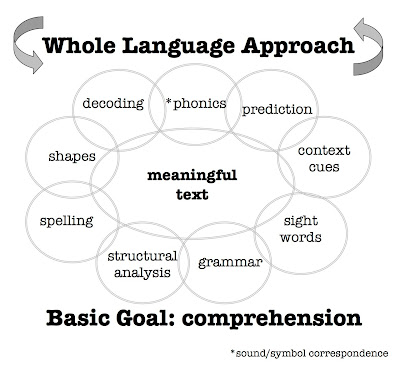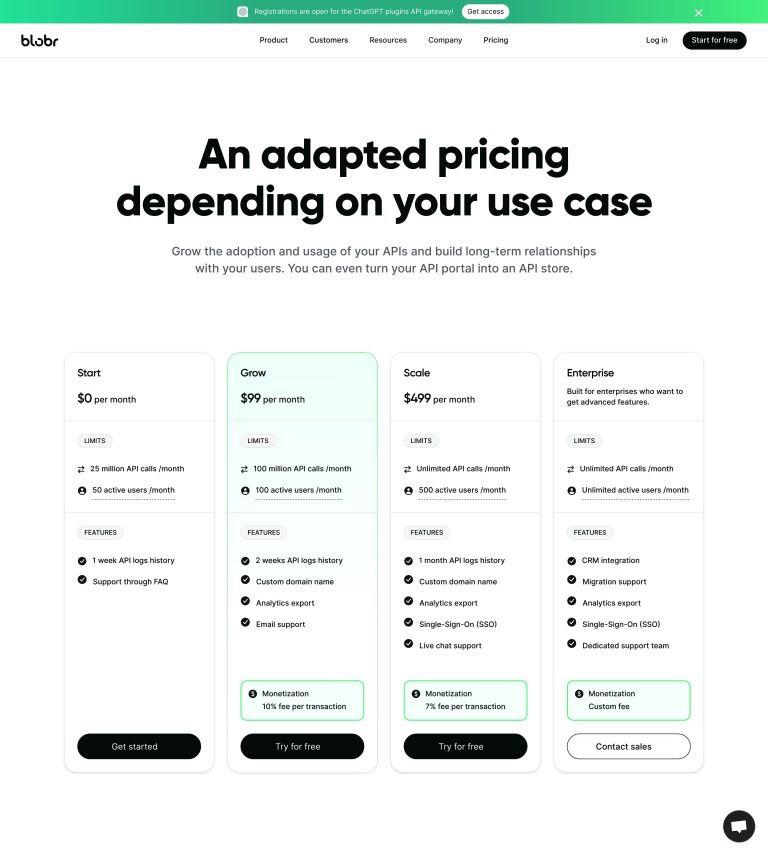
In an increasingly interconnected world, the ability to connect with diverse audiences is more important than ever. Whether you’re a business expanding into new markets or a content creator aiming to reach a global audience, cultural localization plays a pivotal role in ensuring your message resonates authentically. At its core, cultural localization goes beyond simple translation—it’s about adapting content, visuals, and language to align with the values, traditions, and expectations of a specific culture. This article explores the significance of cultural localization, how it impacts engagement and trust, and why respecting visuals and language is essential for success.
What Is Cultural Localization and Why It Matters
Cultural localization is the process of tailoring content, products, or services to fit the cultural norms, values, and preferences of a specific region or demographic. It involves more than just translating words; it requires a deep understanding of the cultural context in which the content will be consumed. For example, a marketing campaign that works well in the United States may not resonate in Japan if it doesn’t account for differences in communication styles, humor, or visual symbolism.
The importance of cultural localization cannot be overstated. In today’s globalized economy, businesses must navigate a complex web of cultural expectations to avoid missteps that could damage their reputation. A poorly localized product or message can lead to confusion, offense, or even legal issues. On the other hand, effective cultural localization fosters trust, builds brand loyalty, and enhances user experience.
Consider the impact of language. While English is widely spoken, many regions have their own dialects, idioms, and expressions that carry unique meanings. A direct translation might miss these nuances, leading to misunderstandings. Similarly, visuals such as images, colors, and symbols can carry different connotations across cultures. For instance, white is associated with mourning in some Asian cultures, while it symbolizes purity in Western contexts.
How Cultural Localization Impacts SEO and User Engagement
For digital marketers and content creators, cultural localization is not just a best practice—it’s a critical component of SEO and user engagement. Search engines like Google prioritize content that is relevant and accessible to local users. If your website or app isn’t optimized for the cultural context of your target audience, you risk losing visibility in search results.
Moreover, cultural localization directly affects user engagement. When users see content that reflects their values and experiences, they are more likely to interact with it, share it, and return to your site. This is especially true for multimedia content such as videos, social media posts, and interactive platforms. A video that uses culturally appropriate visuals and language is more likely to go viral than one that feels alien or out of place.
Cultural localization also plays a role in improving dwell time and reducing bounce rates. If users find your content confusing or irrelevant, they’re unlikely to stay on your site. By ensuring that your content aligns with local customs and expectations, you create a more engaging and satisfying user experience.
Step-by-Step Implementation Framework for Cultural Localization
Implementing cultural localization effectively requires a structured approach. Here’s a step-by-step framework to guide your efforts:
-
Define or Audit the Current Situation
Begin by assessing your current content, visuals, and language. Identify areas where cultural misalignment might occur. For example, review your website, social media posts, and marketing materials to spot potential issues. -
Conduct Thorough Cultural Research
Use surveys, focus groups, and interviews to gather insights into the cultural preferences of your target audience. Analyze local trends, values, and communication styles. Tools like Google Trends and social listening platforms can help you understand what resonates with your audience. -
Collaborate with Local Experts and Stakeholders
Work with local consultants, translators, and cultural experts to ensure your content is accurate and respectful. These professionals can provide valuable feedback on language, imagery, and messaging. -
Adapt Content to Suit Local Customs and Traditions
Modify your content to reflect local customs, including language, tone, and visual elements. For example, adjust color schemes, symbols, and imagery to align with local aesthetics. Replace idioms or metaphors that may not translate well. -
Review and Refine
Test your localized content with a sample group from the target culture. Gather feedback and make necessary adjustments. This step ensures that your content is both culturally appropriate and effective. -
Launch and Monitor
Once your content is ready, launch it and monitor performance metrics such as engagement, conversion rates, and user feedback. Continuously refine your approach based on real-world data.
Real-World Case Study: The Success of Cultural Localization in Video Games
One of the most compelling examples of successful cultural localization comes from the gaming industry. Games like The Legend of Zelda: Breath of the Wild and Persona 5 demonstrate how thoughtful adaptation can enhance player engagement and market acceptance.
In Breath of the Wild, Nintendo adapted the game’s dialogue and tone for different regions. Japanese players received a more formal and indirect style, while Western audiences experienced a more conversational tone. This subtle shift helped the game feel more authentic and relatable to each audience.
Similarly, Persona 5 retained its Japanese cultural roots but made adjustments to ensure accessibility for international players. Slang and idioms were translated in a way that preserved the game’s emotional depth without confusing non-Japanese audiences. As a result, the game gained widespread acclaim and strong player engagement globally.
These examples highlight the power of cultural localization in creating immersive, culturally relevant experiences that resonate with players around the world.
Tools and Techniques for Cultural Localization
To implement cultural localization effectively, consider using the following tools and techniques:
- Google Translate & DeepL: These tools offer high-quality translations, though they should be used in conjunction with human review for accuracy.
- Localize.io: A platform that helps manage multilingual content and ensures consistency across languages.
- Crowdin: A collaborative localization tool that streamlines the process of translating and reviewing content.
- Social Listening Tools (e.g., Hootsuite, Brandwatch): These tools help track cultural trends and sentiment in real-time.
- Cultural Consultants: Hire local experts to review and advise on cultural nuances, ensuring your content is respectful and effective.
By leveraging these tools, businesses can streamline the localization process and ensure their content is culturally appropriate and impactful.
Future Trends and AI Implications
As AI continues to evolve, the role of cultural localization will become even more critical. With the rise of generative AI and multimodal search, content must not only be linguistically accurate but also culturally relevant. AI models like Google’s Gemini and OpenAI’s GPT are being trained on vast datasets that include cultural context, making it easier to generate content that resonates with diverse audiences.
However, this also means that businesses must be more vigilant about cultural sensitivity. AI-generated content can inadvertently perpetuate stereotypes or misrepresent cultural practices. To stay ahead, companies should invest in AI ethics training and work with cultural experts to ensure their AI systems are aligned with local values.
Additionally, voice and multimodal search are changing how users interact with content. Optimizing for these formats requires a deep understanding of cultural norms in speech patterns, gestures, and visual cues. As AI becomes more integrated into everyday life, the need for culturally aware content will only grow.
Key Takeaways
- Cultural localization is more than translation—it’s about adapting content, visuals, and language to respect and reflect the values of a specific culture.
- Effective cultural localization enhances user engagement and builds trust with diverse audiences.
- Thorough research and collaboration with local experts are essential for successful implementation.
- Tools like Crowdin, Google Translate, and social listening platforms can streamline the localization process.
- AI and emerging technologies will shape the future of cultural localization, requiring a proactive and ethical approach.
Meta Title: Understanding Cultural Localization: Why Respecting Visuals and Language Matters
Meta Description: Learn how cultural localization goes beyond translation to build trust, enhance engagement, and ensure relevance in diverse markets.
SEO Tags: cultural localization, visual adaptation, language respect, global marketing, cultural sensitivity
Internal Link Suggestions:
– Search Intent Alignment
– Topical Depth & Relevance
– E-E-A-T Signals
External Source Suggestions:
– Google’s Guide to Multilingual SEO
– The Role of Cultural Localization in Global Marketing
– How to Do Cultural Localization Right









